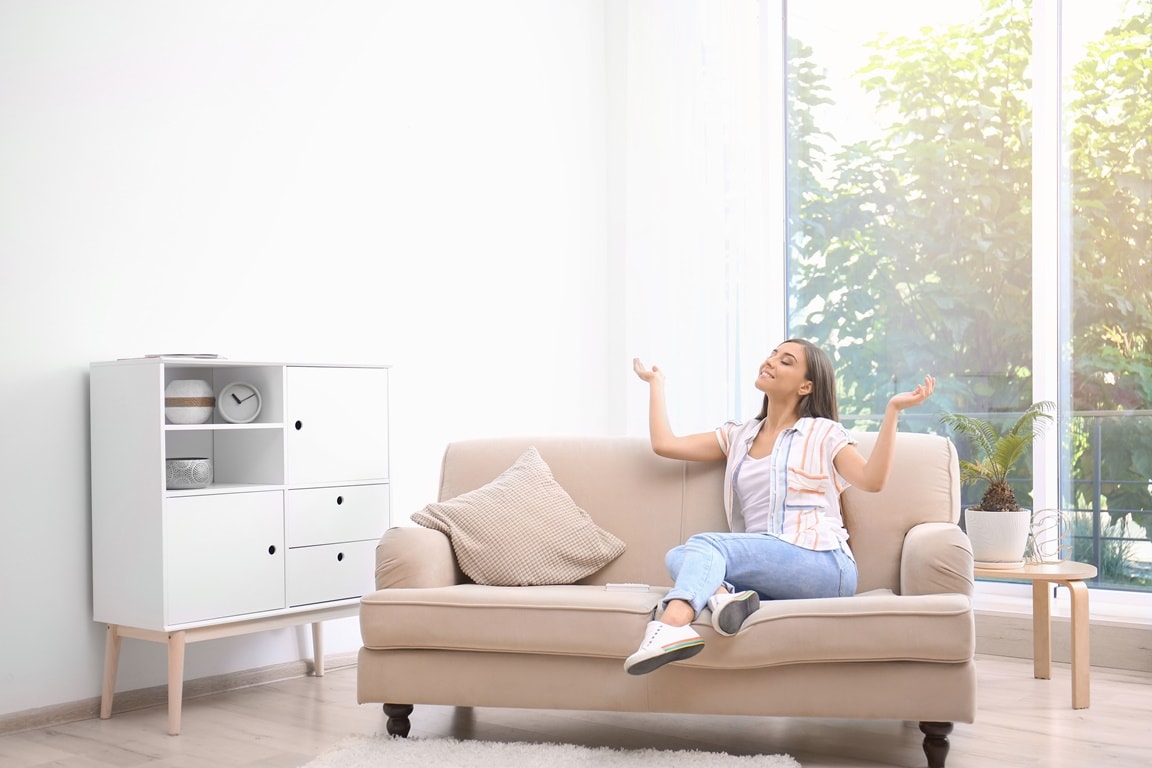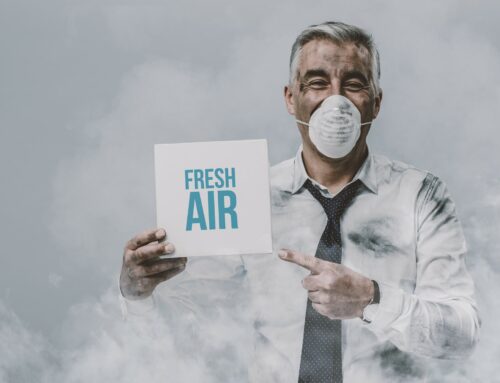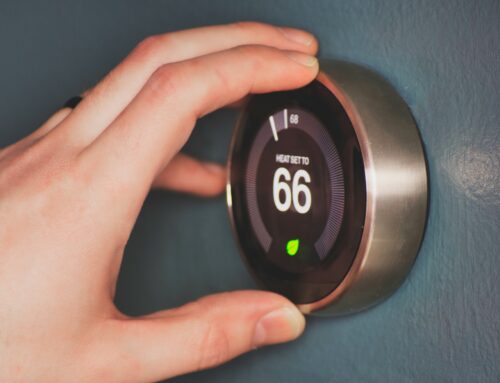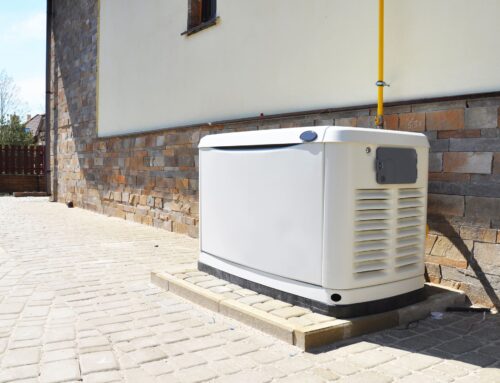Performance is the biggest factor, but the better heat pumps are also more compact and produce far less noise. Unfortunately, our domestic manufacturers are behind on this. You can get a very high-quality heat pump from Trane and some other domestic manufacturers, but it will struggle to produce heat in lower temperatures in a way that a Mitsubishi heat pump will not. Many domestic manufacturers are re-labeling heat pumps from another manufacturer in an attempt to gain market share. A high-quality manufacturer generally will not allow a competing brand to do this, and it is often a poor answer for a manufacturer that does not have a product that meets the consumers’ need.
A good heat pump is capable of producing heat at lower outdoor temperatures by modulating. Modulation allows the outdoor blower and the compressor to change their rate of operation based on the demand for heat and the outdoor conditions. Most domestic products are not capable of this or don’t do it as well as the imported products.
Modulation does a lot to overcome cold weather conditions by increasing heat transfer. More air over the outdoor coil on a cold day means more air is available to extract heat from. Faster compressor operation means more heat transferred from the heat exchange coil. A conventional domestic fixed speed heat pump usually starts to degrade in efficiency around an outdoor temperature of 38 to 42 degrees. In those conditions, the heating system will turn to auxiliary resistance heat to keep the home comfortable. Although this works to keep up with the demand, it is at the cost of consuming even more electricity. It also requires a large electrical circuit dedicated to the resistance electric heat.
On the other hand, a modulating heat pump will still be effective at 17 degrees. While the capacity will drop a little at the lower temperatures, it is still cost effective to operate. Mitsubishi also offers a line they call Hyper Heat. This product has almost no capacity drop at 17 degrees and will continue to transfer heat efficiently down to an outdoor ambient temperature of -20 degrees. These systems are great as they will keep up with the homes’ heating needs with shorter run times and quicker recovery, often without the use of auxiliary heat.





